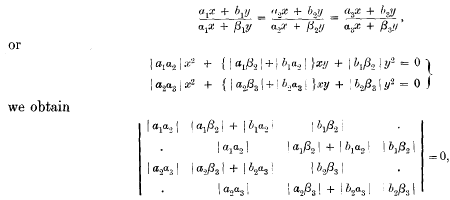The term intermedio-lateral tract was introduced in 1859 (Phil. Trans., 1859, p. 445) by Lockhart Clarke to designate a tract or column of nerve cells in the spinal cord, which he had previously described in 1851 (Phil. Trans., 1851, ii. p. 613) as occupying that portion of the lateral margin of the grey matter which is intermediate between the anterior and posterior cornua. According to Clarke's original account, the column in question was very transparent in appearance, and resembled somewhat the substantia gelatinosa of the posterior horn. It was found in the upper part of the lumbar enlargement, extended upwards through the dorsal region, where it distinctly increased in size, to the lower part of the cervical enlargement. Here it disappeared almost entirely. In the upper cervical region it was again seen, and could be traced upwards into the medulla oblongata, where, in the space immediately behind the central canal, it blended with its fellow of the opposite side. In the more complete account of the tract published in 1859 (p. 446), its component cells are described as in part oval, fusiform, pyriform, or triangular, and as being smaller and more uniform in size than those of the anterior cornua. In the mid-dorsal region, where they are least numerous, they are found only near the lateral margin of the grey matter, with the exception of some cells which lie among the white fibres beyond the margin of the grey substance. In the upper dorsal region the tract is larger, and not only projects further outwards into the lateral column of the white fibres, but also tapers inwards across the grey substance, almost to the front of Clarke's column. In the cervical enlargement it gradually disappears, although it seems to contain, in part at least, a few scattered cells resembling those of the intermedio-lateral tract of the dorsal region. In the upper cervical region, as already stated, it is again seen occupying a lateral horn similar to that found in the dorsal region. It is composed of the same kind of cells, and can be followed up into the medulla, where it is said to give origin to some of the fibres of the vagus and the spinal accessory.


